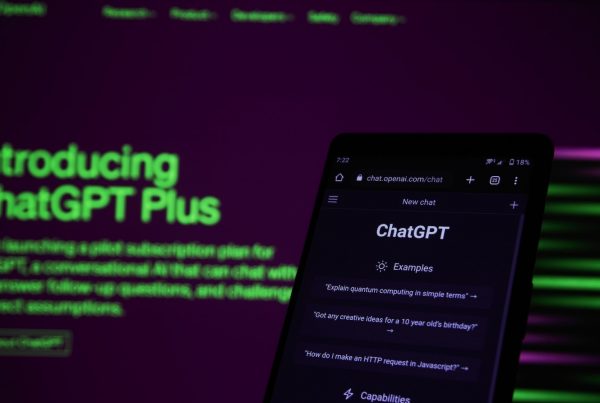As a child I threw a lot of tantrums. I got angry at the drop of a hat. My clever mother found a simple way of dealing with it – she told me stories.
However angry or upset I was, I could never resist a story. And my mother narrated it extremely well too. The right pauses, questions to make me think… By the time we reached the end, I’d have forgotten my anger. Happy ending indeed.
So now if you ask me what’s in a story, I’ll say, a lot. Characters, plots, morals… above all, the ability to connect. This explains why marketers often take the story route to communicate. Here’s an instance.
When Volkswagen wanted to tell customers about the Golf BlueMotion’s fuel efficiency, it launched a contest – guess how far the car can go on a single tank of diesel. It put the car on a Norwegian highway and charted the route with Google maps and Street View. If your guess on where the car stops is right, you win it.
The key fact Volkswagen wanted to talk about was 0.38 liters of diesel for a metric mile. An impressive fact, but hardly easy to remember. Which is where the contest came in – stories stick in your head even if numbers don’t. At the end of the contest, the audience had an easier story to remember: you can drive from Oslo to Paris on a single tank of fuel in the Golf BlueMotion.
Stories have been a fantastic way of connecting with an audience. The power of the narrative holds good even today. Sell a product and people may resist. Sell a story and the resistance is minimal.



